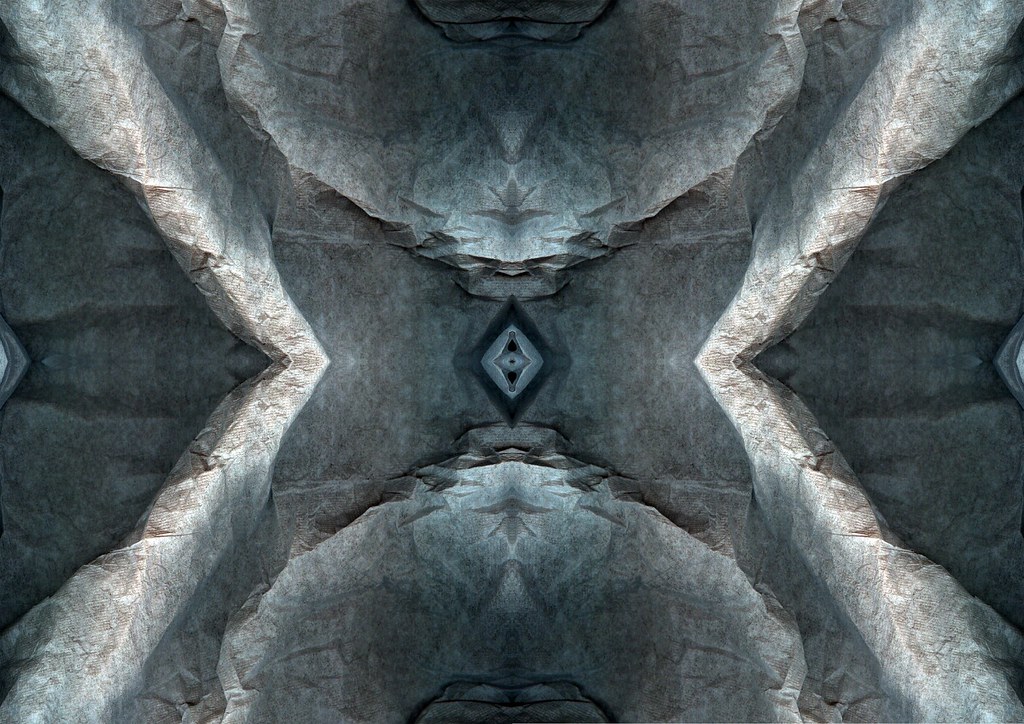Hey I'm Lewis I'm at uni studying art at the Bourneville campus which is part of UCE. Those of you who think UCE is rubbish, let me just tell you you’re just so wrong, it’s a qualty uni. Photography and digital art is what I enjoy most. I've always been quite attracted by abstract art as I feel it frees art from the burden of having to represent anything we see in the real world. God I hate it so much when people say "well what is it" it’s just so annoying don't you think? Then you have to explain to them that it’s abstract, it’s not meant to be anything. A lot of people do instantly think art should represent something. Anyway I’ll stop ranting, because really if you don't have much knowledge and understanding of art you may well think like this.
Obviously Abstract Art is very different to Abstract photography. Abstract art can often be totally non-objective, for example like Mondrian and his non-objective painting of grids with blocks of colour, or Jackson Pollock and his abstract "action Painting" which are meant to express his inner feelings (expressionism).
Let’s look at some definitions of abstract art. Google definition is very useful.
"Pure abstraction can be interpreted as any art in which the depiction of real objects has been entirely discarded and whose aesthetic content is expressed in a formal pattern or structure of shapes, lines and colours. When the representation of real objects is completely absent, such art may be called non-objective"
Okay so let's look at this definition and see how we can apply it to abstract photography. Now obviously creating a non objective photograph is impossible, of course because we take pictures from reality. However I then thought of painting with light, you know those picture you see of light-trails created using slow shutter speeds. An abstract light Trail is definitely non-objective and can purely be looked at in terms of its pattern, shape, colour, composition and other visual qualities. Looking at another definition it states that Abstract Art is one that "departs significantly from natural appearances" Again let's think about this in terms of photography. You could create a photograph that departs from natural appearances if you took a photo and deliberately blurred it for example. However thinking about it, a straight black and white photograph is definitely departing from natural appearances, because we see the world in colour, obviously. A black-and-white image isn't departing “significantly” from natural appearances but you can see where I’m coming from. However for my project I don't just want to do is take a ordinary black & white image of a hmmmm.... lets think urrrrr a pig (random?)and call it abstract because that’s just silly and pedantic really. So what do I want to do for my photography? I want to try and create unrecognizable images. I think capturing images of this kind makes the viewer intrigued about the image, and they'll quite often make lots of guesses as to what the image is. However I don't want people to necessarily guess what the image is, instead wants people to look at it for its abstract qualities, its colours, textures, shapes, tones etc.



